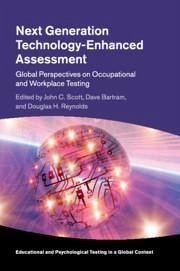
Next Generation Technology-Enhanced Assessment
Versandkostenfrei!
Versandfertig in über 4 Wochen
46,99 €
inkl. MwSt.

PAYBACK Punkte
23 °P sammeln!
Next Generation Technology-Enhanced Assessment


Rechnungen
Bestellstatus
Retourenschein
Storno